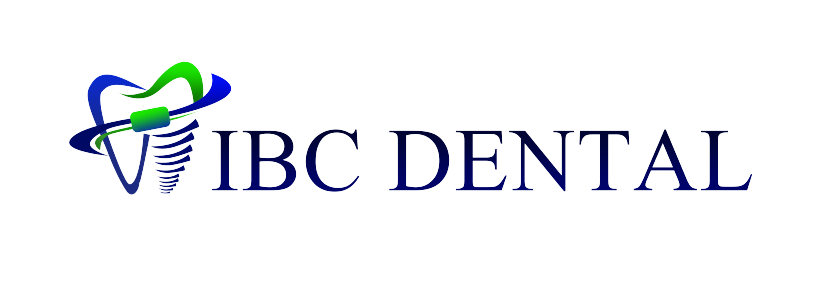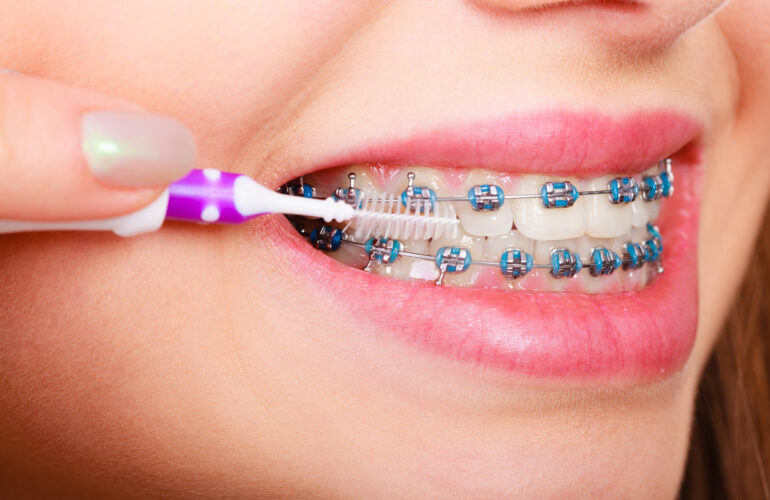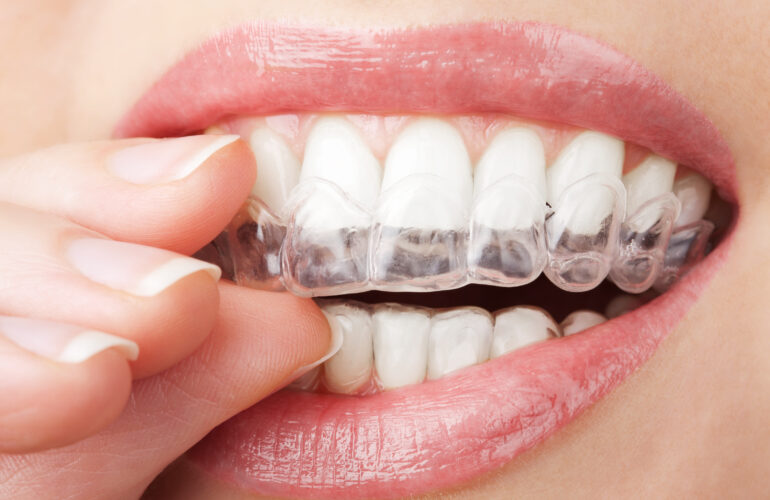Periodontal /Gum Treatment
The teeth are the hardest substances in the human body. Besides being essential for chewing, the teeth play an important role in speech.
Parts of the teeth include:
Enamel, Dentin, Pulp, Cementum, Gingival ligaments Peridontal Ligament and alveolar bone as shown in above picture.
Gingival ligament
The gingival fibers are the connective tissue fibers that inhabit the gingival tissue adjacent to teeth and help hold the tissue firmly against the teeth
These fibersattach the tooth to the gingival tissue.
The periodontal ligament
It is commonly abbreviated as the PDL, is a group of specialized connective tissue fibers that inserts into root cementum one side and onto alveolar bone on the other.
Cementum is a specialized calcified substance covering the root of a tooth. It is paet of periodontium.
It essentially attach a tooth to the alveolar bone within which it sits
What are Gum disease and periodontal disease.
Gum disease is inflammation of gum line that surrounds the tooth. It is very common among individuals .It Starts out mild, with no obvious symptoms especially for smokers (nicotine limits the blood supply to the gums, masking the bleeding and swelling that normally accompanies gum disease)
Gum disease is known as periodontal disease when it progress and affects the alveolar bone surrounding the tooth It is advanced stage of gum disease and can turn out to be serious.
Causes of Gum Disease
The primary cause of Gum Disease is Poor oral hygiene. If brushing or flossing not done properly, then bacterial load increases leading to plaque and calculus formation.
Other reasons as well such as:
Sign and Symptpms of gum disease (Severity scale step wise)
What are Treatment Options available?
While periodontal disease is serious and can threaten the integrity of your teeth and smile, we provide a number of treatment options. Your dentist at IBC DENTALS will work with you to choose the option that’s right for you
Scaling:
Scaling is the process of using specialized dental instruments to scrape away the plaque, tartar, and bacteria that cause gum disease. Your dentist may use either a manual handheld instrument or an ultrasonic instrument. In tooth scaling, your dentist will remove all decay above the surface of the gum line.
Root Planning:
Root planning is similar to dental scaling, but the process takes place underneath the gum line, helping to reverse the effects of gingivitis and gum disease.
Depending on your specific case, we may use local anaesthetics or antibiotics to keep you comfortable during the procedure or kill any bacteria present on the teeth. Your dentist may combine any of these techniques to attempt to reverse gum disease, and we’re proud to offer all of them in our dental office. In some severe cases, we may need to perform periodontal surgery( Flap surgery, Bone Graft , GTR etc) – and if that’s the case for you, your dentist will talk with you to explain various other advanced treatment options.




